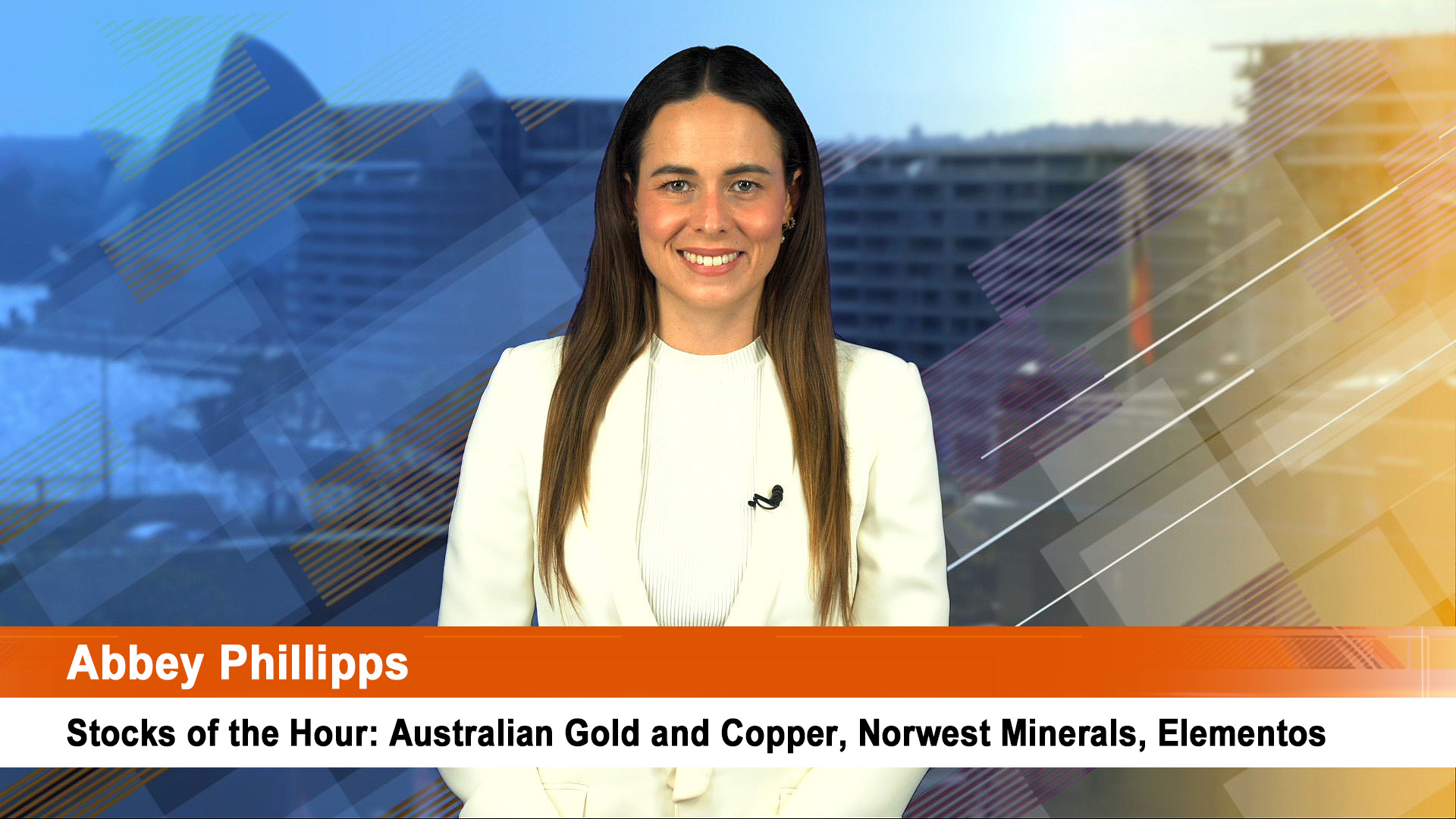
The US Federal Reserve started its two day meeting overnight with the market not expecting a move, especially upwards, in interest rates, but with growing scepticism about the outlook for corporate earnings and share prices.
While the Fed and many US commentators now believe the economy won’t dip into a recession, the market thinks the chances of an earnings driven recession might be a bigger threat.
Markets took another downward move after the release of the latest data showing another record decline in house prices and tumbling consumer confidence.
The Dow Jones industrial average and the broader Standard & Poor’s 500 index both lost almost 0.3%. The tech-heavy Nasdaq composite lost 0.7%. The S&P 500 is now off 16% since the peak last October.
The US market is now at a three month low. The futures market says our market will be down 1% at the opening, but it was wrong yesterday as an early drop was erased as banks and resource stocks rose.
But the news from the US was gloomy overnight and mean the Fed won’t do anything except make a statement whose wording will be examined closely.
Home prices in 20 of the largest US cities recorded a record 15.3% drop in April, compared to 14% in March. That offered few hopes that the mortgage crisis may be bottoming while the fall in consumer confidence to a 16-year low, confirmed the extent of the problem with US consumers.

It’s hard to see against this backdrop how the US consumer can support the rest of the economy and power a recovery. Better than forecast sales and earnings from supermarket chain, Kroger, buoyed US investors for a while, but people have top eat to live, not to drive earnings higher.
The $US120 billion stimulus from the tax rebate is helping retailers, but not much else.
So the feeling of an earnings recession is gaining support around the world and as a result share prices and US bond rates have diverged noticeably this month.
From the start of this year until a month ago, global equities closely followed the US Treasury yield. If stocks were up so was the yield, and vice versa.
If you were bullish about growth you bought stocks and sold bonds, and if you were bearish you did the opposite. That helps to explain the surge of 12% in the Standard & Poor’s 500 Index from Mid March (around the time of the Bear Stearns rescue) to Mid May.
And then the relationship has completely broken down: the world equities index has fallen 10% while the 10-year Treasury yield has risen from 3.8% to 4.23% (and back to 4.16% overnight as investors again fret about the health of banks and other financial shares).
Some call this the "stagflation" effect, others simply a more realistic appraisal of the relative strengths of bond and shares: no growth in earnings or prices in the latter, and persistently high inflation worries in the former.
In the end no one wins, there are a few gains except for the clever niche investor who is agile (hedge funds?) and the campaign by the Fed to try and steady the dollar by reminding markets about the dangers of inflation, results in the doldrums descending upon markets, no matter if it’s summer in the northern hemisphere and winter in the south.
While the threat from a credit crunch has eased, the feeling of doom and gloom won’t go away: US bank and financial shares are still falling, especially regional banks. Some analysts reckon US bank stocks are in a capitulation phase as they fall without reason in some cases: that applies to Australian bank shares at the moment as well.
Goldman Sachs issued an investment update in which strategists apologised for upgrading financial and consumer shares in May. Goldman now reckons that was poor advice and says stay away and stay underweight.
And Macquarie Equities yesterday had this to say.
"Although US equity markets are close to the March lows, some other financial indicators are close to the highs for the year.
"Depending on the maturity, US bond yields are 50–150bp above the low levels that were hit during the Bear Stearns debacle. The US$ TWI is also noticeably higher than it was at that time.
"This means that the backdrop to this downturn in US equities is very different to the slump of early 2008. The key difference is the assumption that US domestic monetary conditions are going to be much tighter.
"It is possible that this assumption will prove to be wrong and this week will be a big test.
"The FOMC is meeting and while no change in monetary policy is likely, the FOMC will have the opportunity in its statement to confirm or deny market expectations for higher official interest rates.
"After that, a lot will depend on the data. Strong or weak data, especially the payroll and unemployment figures due on 3 July (a day early because of the holiday on 4 July), will have a huge effect on interest rate expectations.
"That day coincides with a meeting of the European Central Bank. That meeting may decide to lift official interest rates, with the announcement very close to the timing of the US employment data.
"So the next couple of weeks will be crucial. If it looks like monetary conditions in the major developed economies will tighten over the second half of 2008, equity markets will continue to face some headwinds.
"Exactly how strong will largely depend on the speed of any interest rate hikes.
"Given lingering uncertainty in credit markets, the worst-case scenario seems to be slow monetary tightening.
"The US presidential election plus the possibility of













